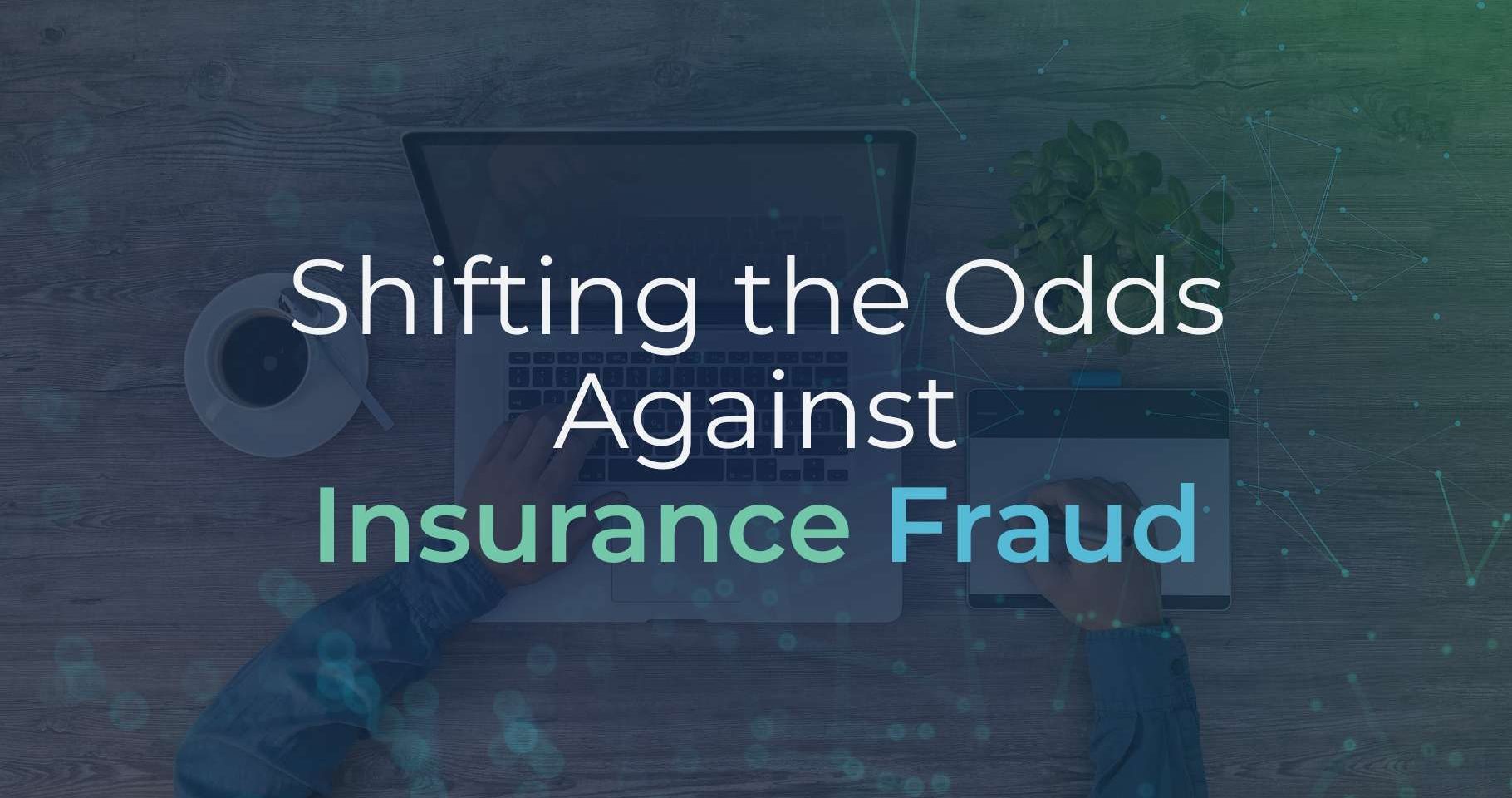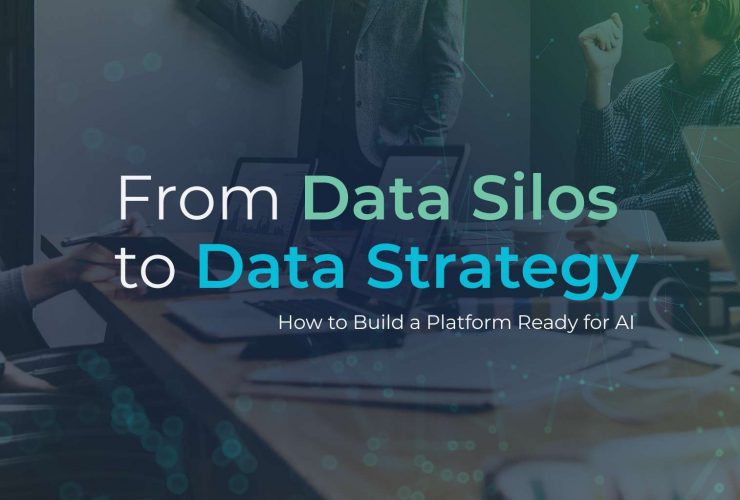Insurance Fraud – How Data & AI Are Finally Shifting the Odds
Insurance fraud is not a new story. it is just getting smarter.
From deepfake injury photos to synthetic identities and coordinated networks, fraudsters are now operating like data-driven start-ups. They are fast, resourceful, and increasingly digital.
Meanwhile, insurers are burdened by ageing systems, fragmented data and slow investigations. The result? An industry constantly playing catch-up.
But a quiet revolution is underway powered by data modernisation, AI and intelligent architectures that finally help insurers move from chasing fraud to preventing it.
The New Face of Fraud
Fraud in insurance has evolved dramatically. What used to be one-off exaggerations has become a systemic, tech-enabled threat.
Fraudsters now use:
- AI-generated identities and documents to bypass KYC checks
- Manipulated images and reused photos to support false claims
- Organised rings submitting hundreds of small, undetectable claims
- Dark web data sharing to exploit insurer weaknesses at scale
According to the Association of British Insurers (ABI), fraud cost UK insurers over £1.1 billion in 2024, with more than 72,000 detected claims and countless others slipping through undetected.
(ABI Insurance Fraud Statistics 2024)
Why Traditional Detection Can’t Keep Up
Legacy systems, manual checks and rules-based engines were once sufficient. Not anymore.
The challenges are structural:
- Data silos: Claims, policy and customer data stored in disconnected systems
- Slow analysis: Manual investigation cycles spanning days or weeks
- Limited adaptability: Rules cannot evolve as fraud tactics change
- Blind spots: Fragmented data leaves relationships and behavioural signals undetected
In short, insurers are fighting algorithmic fraud with spreadsheets.
As one claims director put it:
“We are still using 2010 logic to solve 2025 problems.”
Why Migration Matters: The Case for Modern Data Architecture
Before AI can work, data must be unified.
Most insurers still run on legacy policy administration systems and on-premise databases that can’t support advanced analytics or real-time fraud detection.
Migrating to a modern Lakehouse architecture and combining the flexibility of data lakes with the governance of data warehouses is the foundation for change.
A modern Lakehouse enables insurers to:
- Consolidate fragmented data from claims, underwriting, CRM and external sources into a single source of truth.
- Enable real-time streaming from telematics, IoT and digital claims channels.
- Run AI and machine learning models directly on live data without constant data duplication.
- Maintain compliance and auditability with full data lineage and role-based access control.
With The Data Company’s insurance data migration framework, legacy-to-lakehouse conversion can be achieved up to 50% faster and at half the cost of vendor-driven projects.
How Data & AI Are Shifting the Odds
- Unified Data Visibility
A single, governed data foundation allows AI to view all claim interactions – structured and unstructured across systems. Fraud indicators that were once invisible suddenly become clear.
- Network Intelligence
AI-driven graph analytics detect hidden links between claimants, brokers, garages and addresses thereby exposing patterns of collusion that static rules miss.
- Visual and Document Analysis
Computer vision models identify reused or tampered images; Generative AI compares claim narratives with historical data, surfacing inconsistencies within seconds.
- Behavioural Pattern Recognition
Machine learning tracks subtle shifts – timing irregularities, duplicate bank details, linguistic anomalies and flags early fraud risk long before settlement.
- Continuous Learning Loop
As claims are processed, model outcomes feed back into the system by improving accuracy, reducing false positives and strengthening detection with every cycle.
From Reaction to Prevention
Modern insurers no longer rely on rules after fraud happens.
They predict it before it occurs.
By embedding AI within claims workflows, insurers can:
- Auto-score claims for fraud probability
- Route high-risk cases to investigators instantly
- Fast-track legitimate claims, improving customer trust
- Retrain models continuously, closing the adaptation gap
McKinsey research shows that AI can reduce fraudulent payouts by up to 40% and lower manual claims costs by 30–50% (McKinsey, “The Future of AI in Insurance,” 2024).
The Road Ahead: Building the Intelligent Insurer
Fraudsters will continue to evolve, so can insurers too.
Success will belong to those who:
- Modernise their data foundations.
Migration is not optional. It is the enabler of all future AI success. - Adopt explainable AI and governance frameworks.
Regulators are watching closely and transparency builds public trust. - Combine human expertise with machine intelligence.
AI flags; people judge. Together, they win.
At The Data Company, we are helping insurers modernise legacy environments, integrate AI and analytics seamlessly and build intelligence-driven claims functions that protect revenue and reputation.
Because in the modern insurance world, the only way to stay ahead of fraud is to stop chasing it.
References
- Association of British Insurers (ABI) – Insurance Fraud Statistics 2024
https://www.abi.org.uk/news/news-articles/2024/9/no-let-up-in-crack-down-on-insurance-cheats-as-industry-detects-1-billion-worth-of-fraudulent-claims/ - McKinsey & Company – The Future of AI in the Insurance Industry (2024)
https://www.mckinsey.com/industries/financial-services/our-insights/the-future-of-ai-in-the-insurance-industry - Databricks – Claims Management Automation Accelerator
https://www.databricks.com/solutions/accelerators/claims-management-automation
If your organisation is still relying on legacy systems for claims and fraud detection, it is time to modernise.
AI is not just the future. It is the only way to stay ahead.
📞 Talk to The Data Company about data migration, AI enablement, and fraud prevention strategies that deliver measurable impact.
🌐 www.thedatacompany.com
#InsuranceInnovation #FightFraudWithData #AIInInsurance #DataModernisation #LegacyToLakehouse #FraudPrevention #IntelligentInsurer #MachineLearning #ClaimsAutomation #TheDataCompany





